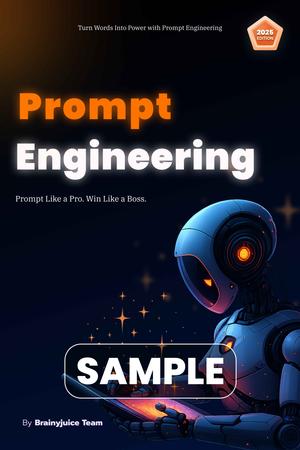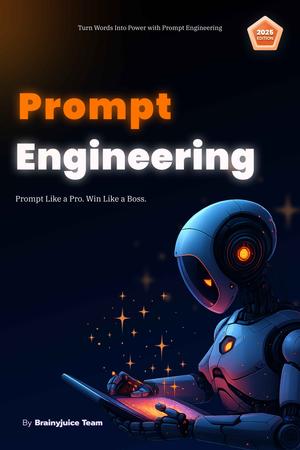
Machine learning isn’t just about knowing algorithms, it’s about mastering the tools that bring those algorithms to life. In 2025, the AI ecosystem has matured into a powerful stack of frameworks, platforms, and utilities that every ML engineer must know.
Here’s a breakdown of the AI stack you can’t ignore.
Core Frameworks: The Engines of AI
-
TensorFlow & Keras – Industry workhorses for production-grade deep learning. TensorFlow offers scalability, while Keras simplifies model building.
-
PyTorch – The go-to framework for research and rapid prototyping. Hugely popular for academic and cutting-edge projects.
-
JAX – Gaining traction for high-performance ML, automatic differentiation, and large-scale optimization.
If you’re serious about AI, you need at least PyTorch + TensorFlow in your toolkit.
Model Hubs & Pre-Trained Models
-
Hugging Face – The “GitHub of AI models,” with libraries like Transformers and Diffusers. Essential for NLP and generative AI.
-
OpenAI APIs – Access to GPT, DALL·E, Whisper, and Sora for text, image, and multimodal tasks.
-
Stability AI & MidJourney – Key players in generative art and image synthesis.
Pre-trained models = faster development, cheaper training, and state-of-the-art results without starting from scratch.
Data Tools: The Lifeblood of ML
-
Pandas, NumPy – Still the foundation for data wrangling.
-
Polars – A faster, next-gen alternative to Pandas.
-
Apache Spark – For big data processing at scale.
-
Label Studio / Prodigy – Data annotation tools for supervised learning.
In 2025, data quality beats model complexity. Clean data wins.
Experimentation & Workflow Management
-
Weights & Biases (W&B) – Industry standard for experiment tracking, visualization, and hyperparameter tuning.
-
MLflow – Popular for managing the ML lifecycle: training, deployment, reproducibility.
-
DVC (Data Version Control) – Git for datasets and experiments.
Think of this as “DevOps for ML”: essential for scaling projects beyond your laptop.
Deployment & Serving
-
ONNX – Universal format for deploying models across platforms.
-
TorchServe / TensorFlow Serving – Production-ready deployment for APIs.
-
FastAPI + Docker – Modern stack for building lightweight AI applications.
-
Kubernetes – Still the backbone for scaling AI services in production.
Deployment is where 90% of ML projects fail: knowing these tools separates engineers from researchers.
Vector Databases & Retrieval-Augmented Generation (RAG)
With LLMs dominating 2025, vector databases are now core to AI apps.
-
Pinecone, Weaviate, Milvus, FAISS – Store embeddings for fast similarity search.
-
LangChain, LlamaIndex – Frameworks for connecting LLMs with data.
This is the infrastructure behind chatbots that “remember” context and handle enterprise data.
MLOps & Cloud AI Platforms
-
AWS SageMaker, GCP Vertex AI, Azure ML – Full ML pipelines in the cloud.
-
Databricks – Bridging big data and AI with collaborative notebooks.
-
Cohere & Anthropic APIs – Alternatives to OpenAI for enterprise LLM use.
Knowing how to integrate cloud-native tools = faster scaling and real-world deployment.
Today, an ML engineer’s success isn’t just about knowing algorithms, it’s about knowing the stack. Frameworks, model hubs, data pipelines, experiment tracking, deployment, and MLOps are all part of the skillset.
Master the stack, and you’ll move from experimenter to production-grade engineer.






